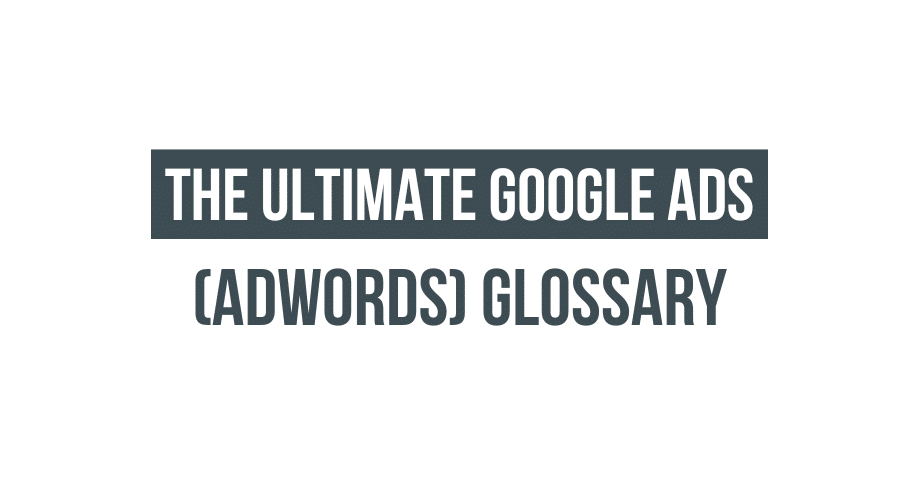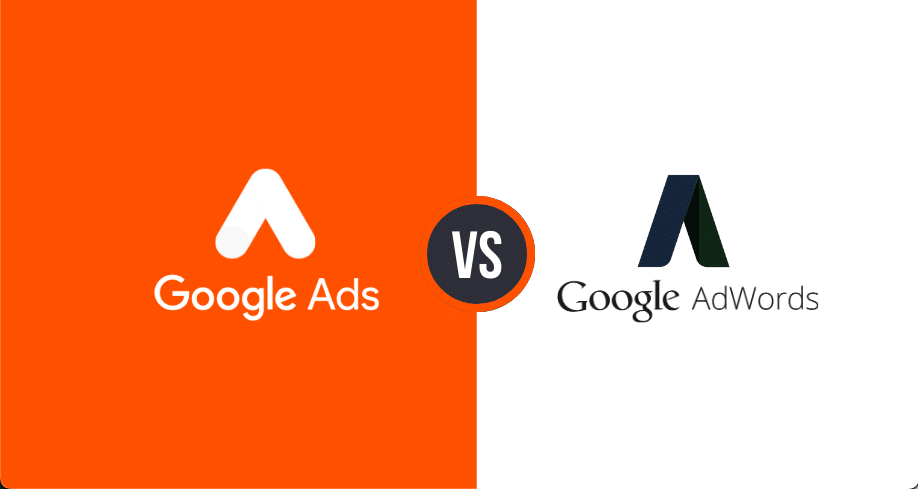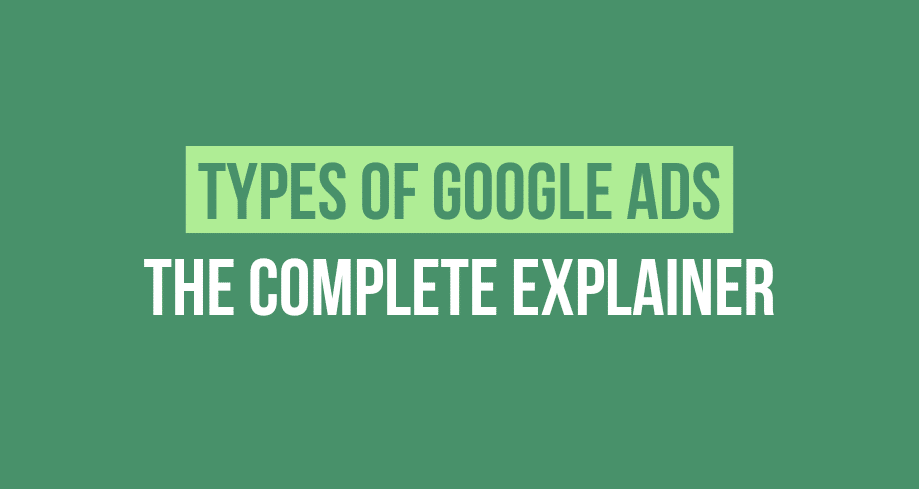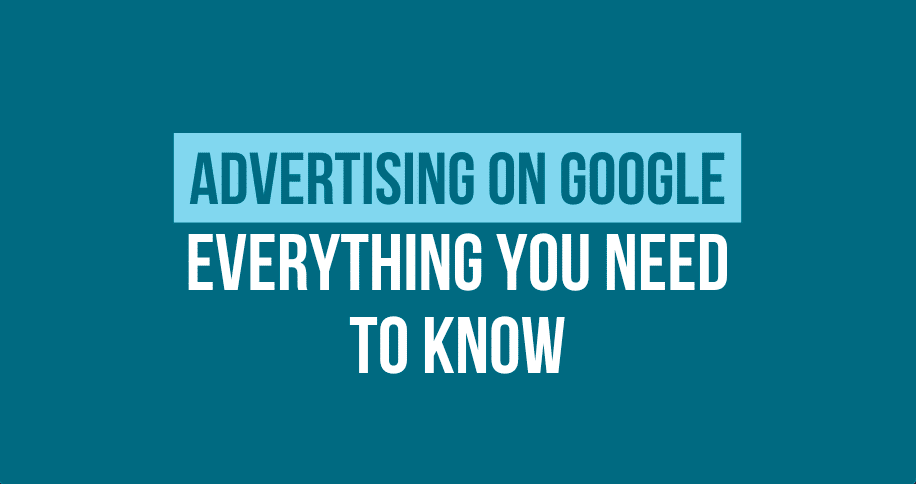Google Ads platform (formerly known as AdWords) is the undisputable leader in online and digital advertisement. Since its birth in 2000, the tool has built a reputation among marketers due to its potential to increase outreach and revenue with targeted campaigns and demographic audience targeting.
Over the years, the features and capabilities of the platform continued to evolve, positioning it as a leader in the sector. But its robust features make it complex for beginner marketers and business owners trying to run their campaigns themselves.
It is where a glossary of terms can help you navigate the complexities of the Google Ads universe. In today’s blog post, we will gather fundamental marketing terms grouped by categories. Read on to discover our glossary.
Metrics and Key Performance Indicators (KPI)
Metrics refer to the quantifiable data points to measure ads performance, like clicks number, impressions, and Coast Brook Lake. On the other hand, keep performance indicators are a set of metrics specifically targeted to measure the progress of a particular business objective, for example, lead generation or online visibility.
Return on Ad Spend: known as ROAS, it is a metric that tells marketers the total revenue earned by each dollar they invested in advertising.
Cost per Click (CPC): It measures the total amount an Advertiser has to pay when users click on their Google Ads. This pricing model is common in the pay-per-click advertisement industry.
Conversion Rate: This metric refers to the percentage of visitors that perform a desired action when visiting your website, for example, purchasing, signing up for your newsletters, or filling out forms.
Click-Through Rate (CTR): Refers to the ratio of clicks for an ad. This metric helps measure the performance of an ad campaign and optimize ad targeting.
Quality Score: The quality score in Google ads rates the relevance of an advertisement, keyword, or landing page compared to a user’s search query. A higher quality score can potentially lead to lower ad Costs and better ad exposure.
Impression Share: refers to the percentage of times Google Ads display to users, compared to the total amount of times they could have displayed. Impression Share is a fundamental measure to improve the visibility and performance of your ad campaign.
Cost per Acquisition (CPA): CPA measures the total cost of a customer completing the desired action. It is an excellent indicator to know how much money it takes to acquire a new customer or turn a lead into a customer using Google Ads.
Ad Formats
When merchants run a campaign using Google Ads, they can display their ads using different formats, according to their budget, brand, and marketing strategy. In this section, you will find the fundamental concepts for Google Ads formats.
Ad Copy: It is the written part of an advertisement. This text aims to motivate and encourage potential buyers to purchase. A well-crafted ad copy is essential to improve the sales of a company.
Ad Groups: This is a group of ads containing similar purposes or targeting. For example, a campaign or a clothing brand selling men’s and women’s clothing. In the campaign, there could be separate ad groups for specific categories like women’s shoes, men’s accessories, and dresses. Each group would have its keywords, ad copy, and extensions for the category promoted.
Call-Only Ads: They display only on devices you use to make calls because the end goal of these Google ads is to encourage potential customers to call your business for more information.
Display Ads: Display ads are a form of online advertising using images, videos, or other media to promote a product, service, or brand. These ads are displayed on the Google Display Network, which has a global reach and operates on social sites and YouTube.
Google Display Network: The Google Display Network groups more than 2 million websites, platforms, and ad apps to display your Google ads and reach a global audience depending on your marketing objectives. The Google Display Network can become your best ally for brand awareness.
Responsive Display Ads: It is an ad format offered by Google Ads. Display ads automatically adjust the size and appearance of the ad to fit in the space available within the Google Display Network.
Shopping Ads: They are ads that display detailed information and photos of the products sold by an online store or e-commerce. The ads display on the Google Search Results page.
Audience Targeting
Demographics: It refers to the specific age range, gender, parental status, or household income of the potential customers you want to target with your multiple campaigns.
Remarketing: It refers to displaying targeted ads to users who have already interacted with your website or app.
Campaign Management
Google Ads Account: It allows advertisers and marketers to create and monitor their advertising campaigns, like search campaigns, video ads, and search ads on multiple Google platforms.
Google Ads Interface: It is the operation center for all your Google Ads efforts.
Google Ads Campaigns: In Google ads, a campaign refers to a set of ad groups that share a budget, location targeting, Keyword match type, and other settings aiming to achieve specific marketing purposes, like brand awareness or sale improvement.
Keywords: these are the words or phrases people type in Google Search Bar (or other search engines) to conduct a search query. Advertisers target these keywords to show their ads to their target users, and also to rank higher in search engine results pages.
Keyword Match Type: it tells how closely the users’ search query should match your trigger keywords. You can set up your ad campaign for broad match keyword, phrase matches keywords, negative keywords, and exact match keywords.
Ad Rank: it is the number that tells you your position on the search results page.
Ad rotation: Refers to how Google displays your ads. There are four rotation types: Optimize for clicks, optimize for conversions, rotate evenly, and rotate indefinitely.
Quality Score: it is the measure that Google Ads use to determine the quality and relevance of your keywords, ads, and landing pages. An improvement in the quality score of your ads will lead to a greater chance of achieving your marketing objectives.
Google Analytics: This web analytics service is offered by Google for free, and aims to provide a better understanding of the overall performance of your campaigns by having a better insight into their customers’ behavior.
Ad Extensions: An ad extension refers to every bit of information you provide alongside your ads, like links, action buttons, or other resources.
Why Is It Important to Have a Google Ads Glossary?
It is an excellent guide to staying on track while initiating Google Ads. The terminology is as vast as the reach of the platform, and if you do not know it, you can get lost very easily.
FAQs
How Do I Analyze Google Ads Keywords?
There are multiple paid and free tools to analyze your Google Ads Keywords. Depending on your budget and level of expertise you can opt for the paid tools like:
- SEMrush: the tool offers SEO and PPC research, backlink tracking, and campaign insights.
- Ahrefs: provides a suite of SEO and PPC tools, including keyword research, and competitive and content analysis.
- Moz Pro: It provides keyword research and analysis, paired with site performance monitoring, link-building tools, and more.
When you are just getting started, free tools can be your best option.
- Google Keyword Planner: a tool to discover new keywords, explore keyword research volume, and find ideas for ad campaigns.
- Google Trends: it helps you monitor how the search intention for a keyword evolves.
- Google Search Console: The tool provides insight into how users are interacting with your site in Google search results.
How Many Keywords Are Best for Google Ads?
It depends on the goals behind the marketing campaign, ad though you want to have the best chances of success for your campaign, overflowing everything with excessive keywords is not the best idea. As a general rule do not use more than 20 keywords per ad group.
What Are the 4 Types of Keywords in Google Ads?
There are possible types of keyword matches in Google Ads. They are broad match, phrase match, exact match, and negative match. Selecting the proper match type will increase your chances of success.
The Takeout
The universe of Google Ads is so vast and rich that it is easy to get lost in the terminology involved in its processes. That is the moment when a glossary can help you move with ease within Google Ads and the basic principle behind this marketing platform.
We suggest you use our glossary as a reference to understand the basis of the platform, and as a starting point to build a Glossary for your Google Ads marketing Adventure. We hope you have found value in our post. We did our best to provide a guide to help your first steps with Google Ads Campaigns, expand your knowledge, and continue growing your business. Thanks for reading!





